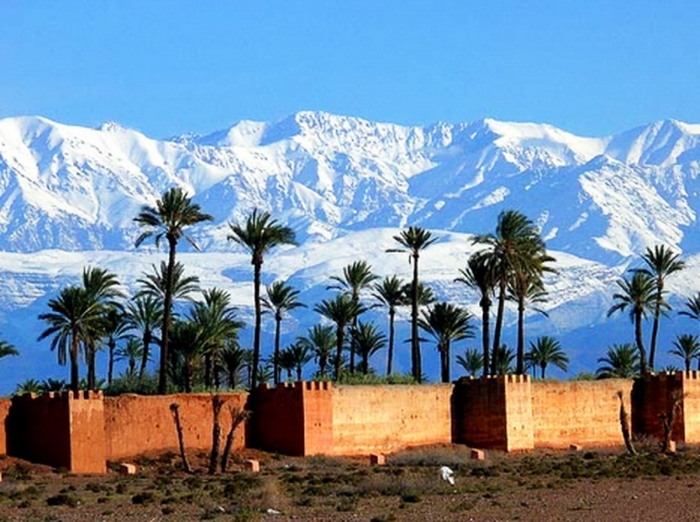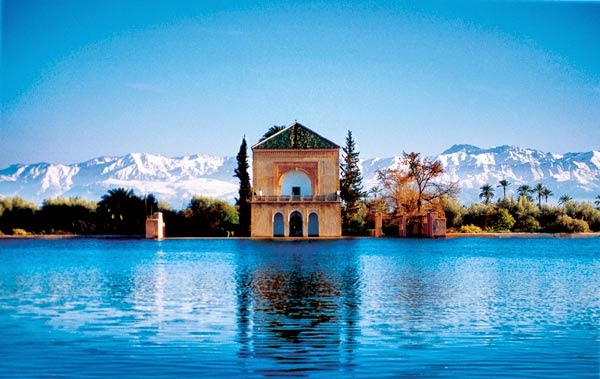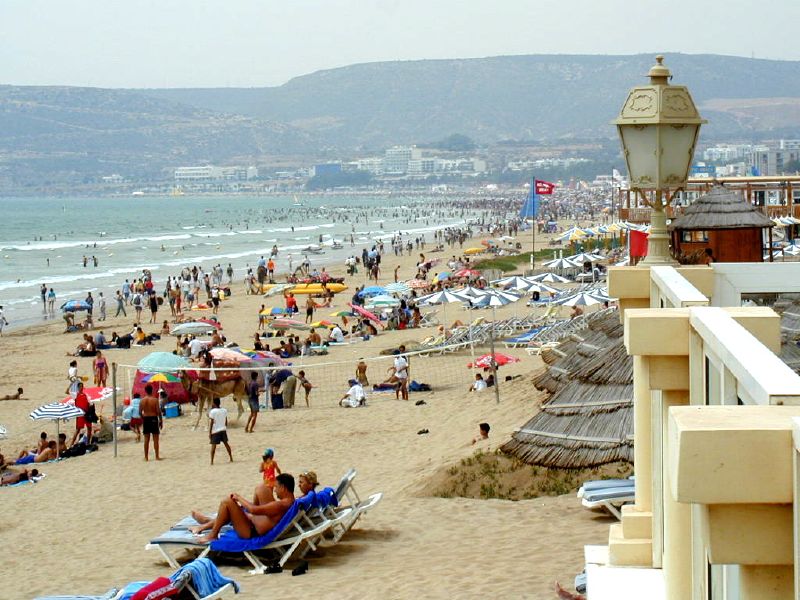Best Places in Morocco
Bahia Palace
It took the most effective staff in Morocco sixty years to make Bahia Palace, found in the medina or old quarter of Marrakesh. The gathering of one huge house and several other little ones into a palace was definitely well worth the wait. Built the nineteenth century for a grand vizier, it incorporates the most effective of Islamic and Moroccan influences. The palace nowadays receives state guests to Morocco. Because it is a working government building, not all rooms are open to the public, but some of those that are including the harem quarters and gardens.
Jardin Majorelle
When it comes time to relax in busy Marrakesh, savvy travelers will head to Jardin Majorelle, an oasis of beautiful flowers, lush greenery and patios where visitors can sit and refresh their senses. The garden is named for the French painter, Jacques Majorelle, who spent 40 years creating it after he moved to Morocco. Since 1980 the garden has been owned by Yves Saint-Laurent and Pierre Bergé. The garden is small by some standards, but is exquisitely designed with exotic plants, fountains and meandering pathways, all with the aim of reminding visitors of some aspect of Morocco.
Ben Youssef Madrasa
Ben Youssef Madrasa was once a theological college devoted teaching of the Quran. Once the most important learning center in North Africa, it housed up to 900 students at a time. The madras is focused around an courtyard, with an elaborately decorated prayer hall in back. Currently an historic site, the religious school is marked by distinctive architecture that is reminiscent of the Alhambra in Spain. Inscriptions in Arabic can be found throughout the complex. Visitors say it’s worth a visit to see the mosaics and 14th century architecture.
Marrakech Medina
The old medina of Marrakech is jam-packed with intertwining narrow passageways and local shops jam-packed with character. The Medina is additionally the place to remain in an exceedingly Riad, a Moroccan house with an internal courtyard. Most windows are inward facing towards the central atrium. This design suits Islamic tradition, as there’s no obvious wealth statement being created outwardly, no windows to look through. They’re nice places to stay and offer an intimate and relaxing retreat.
Marrakech Souks
Shoppers within the souks of city are certain an impressive expertise. The town has 5 main souks, each devoted to a single product. There’s one for carpets and another for ancient Moroccan leather slippers referred to as babouches; note bright yellow slippers are meant for men. A third centers around metalworking, while another sells a fragrant array of spices. The Mellah or Jewish Quarter isn’t really a souk; however it’s an honest place to shop for materials, trims and notions. Haggling is expected; shoppers should start their initial price at no more than half what the merchant is seeking.
Djemaa el Fna
Djemaa el Fna, situated within the medina, is that the main square within the town moreover because the preferred tourer attraction in Marrakesh. It is also a market, where travelers can buy fruit juice or watch a performer at work. As the day moves on, the snake charmers are placed with ancient dancers and magicians, who are replaced themselves by food stalls. A souk selling daily necessities is on one side, hotels on another. The colorful market square may be familiar to moviegoers, since it was featured in the Hitchcock film, The Man Who Knew Too Much.



